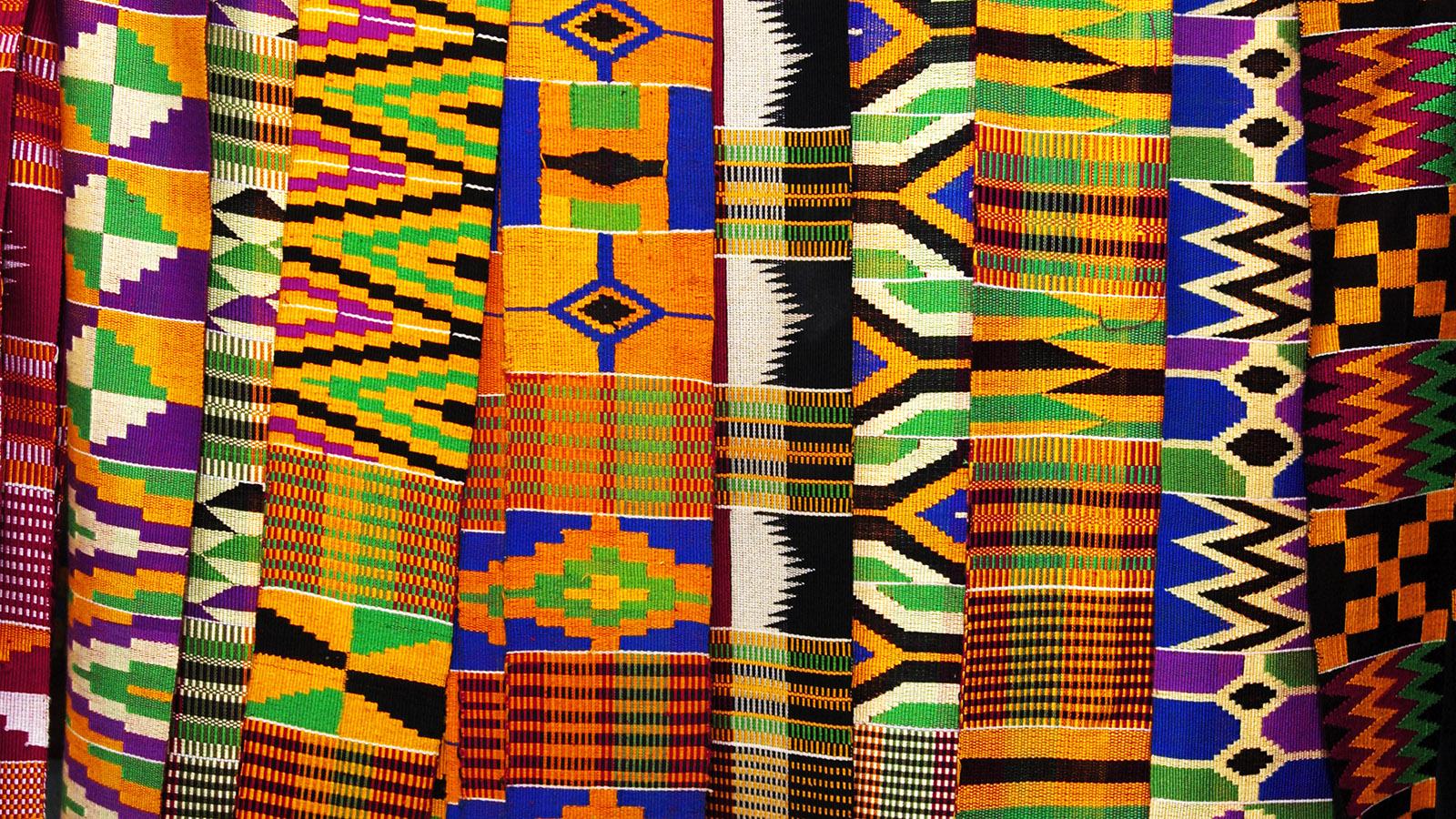Unveiling the Tapestry of Tradition: exploring the Allure and craftsmanship of Kente Cloth
Table of Contents
- 1 Unveiling the Tapestry of Tradition: exploring the Allure and craftsmanship of Kente Cloth
- 2 Introduction
- 3 History and Origins of Kente Cloth
- 4 Weaving Techniques and Materials
- 5 Regional Variations of Kente Cloth
- 6 Symbolism and Meanings
- 7 Contemporary Applications of Kente Cloth
- 8 Benefits and Practical Tips
- 9 Conclusion
Meta Title: Unraveling the Enchanting World of Kente: Tradition, Artistry, and Cultural Heritage
Meta Description: Immerse yourself in the rich tapestry of Kente cloth, a Ghanaian masterpiece renowned for its intricate designs, vibrant colors, and enduring cultural significance. Explore its history, weaving techniques, regional variations, and contemporary applications, while gaining insights into the skilled artisans behind these captivating textiles.
Introduction
Kente cloth, an iconic fabric originating from the Ashanti and Ewe peoples of Ghana, has captivated the world with its vibrant hues, bold patterns, and rich cultural significance. Each intricate design tells a unique story,embodying the artistry,craftsmanship,and deep-rooted traditions of its creators.
History and Origins of Kente Cloth
The origins of Kente cloth can be traced back centuries to the Ashanti and Ewe kingdoms in Ghana. It is believed that the Ashanti people developed Kente around the 17th century, using locally grown cotton. Initially reserved for royalty and high-ranking individuals,Kente gradually gained popularity among all levels of society.
Weaving Techniques and Materials
Kente weavers employ a meticulous handloom technique known as “strip weaving.” Strips of cotton or silk are woven together, creating patterns by alternating the colors and patterns of the threads. Each strip is meticulously cut and sewn together to form the final fabric.
Regional Variations of Kente Cloth
Diverse regions of Ghana have developed unique Kente patterns, each with its distinct symbolism and meaning. Some notable regional variations include:
- Ashanti Kente: Originating from the Ashanti region, it features bold geometric designs often paired with gold thread.
- Ewe Kente: Known for its vibrant colors and intricate patterns, incorporating animal and plant motifs.
- Bonwire Kente: Produced in the town of Bonwire, it is indeed recognized for its use of double-faced Kente with identical patterns on both sides.
WordPress Table Exmaple:
| Region | Kente Type | Distinctive Features |
|—|—|—|
| Ashanti | Kente Ntoma | Interlocking geometric patterns in red, black, and gold |
| Ewe | Kente Agbami | Vibrant colors like green, pink, and yellow with animal and plant motifs |
| Bonwire | Kente Safo | Double-faced Kente with identical patterns on both sides |
Symbolism and Meanings
Kente cloth is more than just a fabric; it is a powerful symbol of Ghanaian culture and identity. Each pattern holds a special significance, representing proverbs, ancient events, or social status.
Cultural Significance
- Royalty and power: Kente was traditionally reserved for kings,chiefs,and other high-ranking individuals,signifying thier authority and wealth.
- Social Status: Different patterns and colors were used to denote the wearer’s social standing, such as their occupation, family lineage, or special achievements.
- Communication: Kente served as a form of nonverbal communication, with patterns conveying messages about the wearer’s identity, aspirations, and beliefs.
Contemporary Applications of Kente Cloth
Today, Kente cloth has transcended its conventional use and found its way into contemporary fashion, home décor, and artistic expression.
- Fashion: Designers incorporate Kente prints into clothing, accessories, and footwear, creating a fusion of traditional and modern styles.
- Home Décor: Kente textiles add vibrant color and cultural flair to cushions, throws, and wall hangings.
- Art and Representation: Contemporary artists use Kente patterns in paintings, sculptures, and installations, celebrating its cultural heritage and showcasing its aesthetic appeal.
Benefits and Practical Tips
- Cultural Appreciation: Appreciating Kente cloth fosters a deeper understanding of Ghanaian culture and its rich textile traditions.
- Ethical Fashion: Supporting Kente artisans promotes fair trade and preserves traditional weaving techniques.
- Care and Handling: To preserve the beauty and longevity of Kente cloth, hand washing with mild detergent and line drying are recommended. Avoid ironing and exposing the fabric to direct sunlight.
Conclusion
Kente cloth is a testament to the enduring power of tradition and the artistry of its skilled weavers. Its vibrant colors, intricate patterns, and profound symbolism have captivated hearts and minds worldwide.As we explore the tapestry of Kente, we not only admire its beauty but also gain insights into the rich cultural heritage it represents. May the allure of Kente cloth continue to inspire future generations, preserving and celebrating the legacy of Ghanaian craftsmanship for centuries to come.

